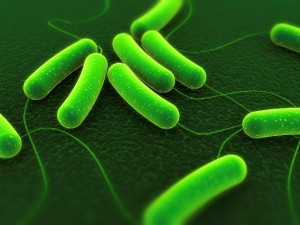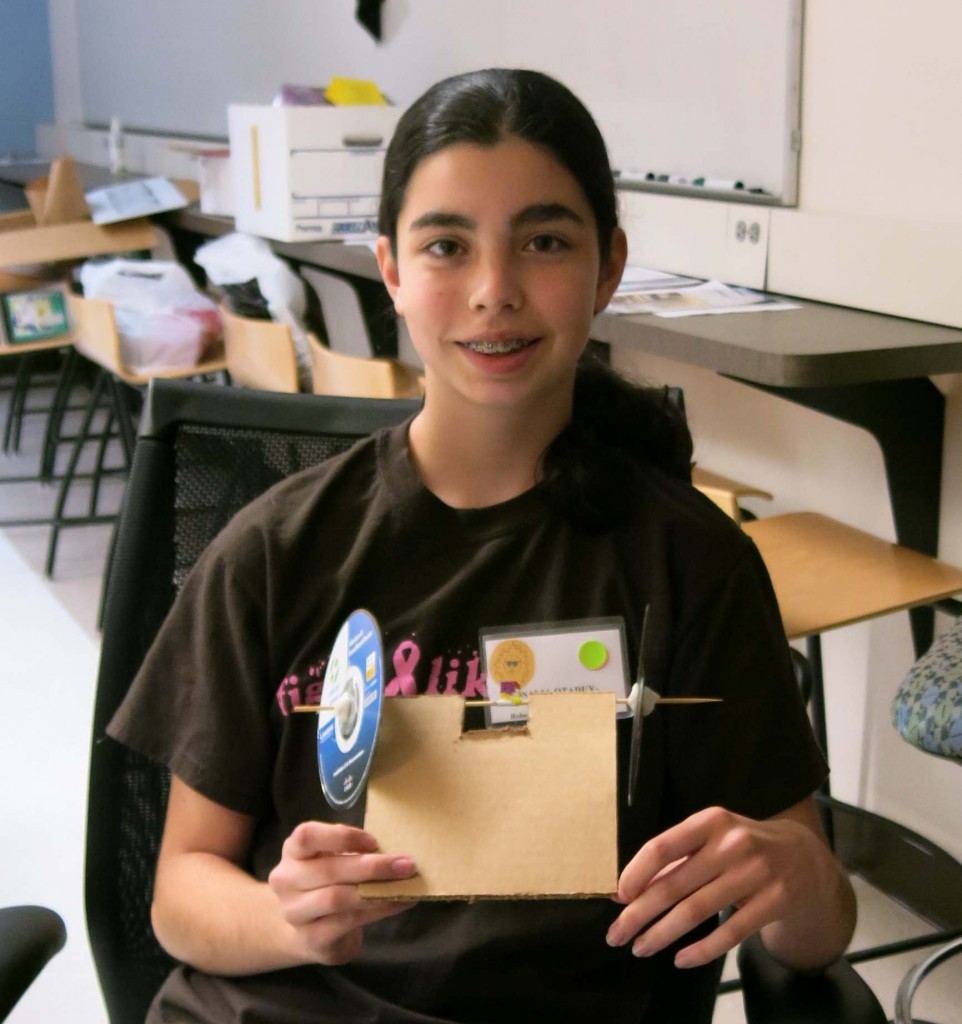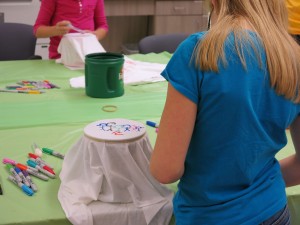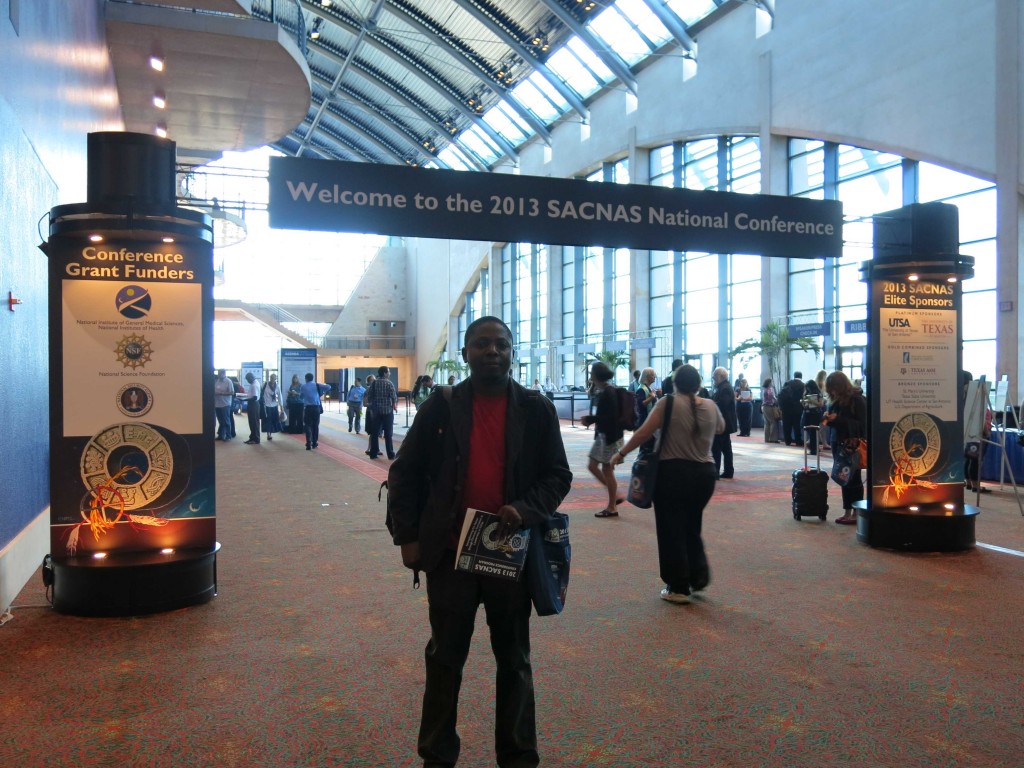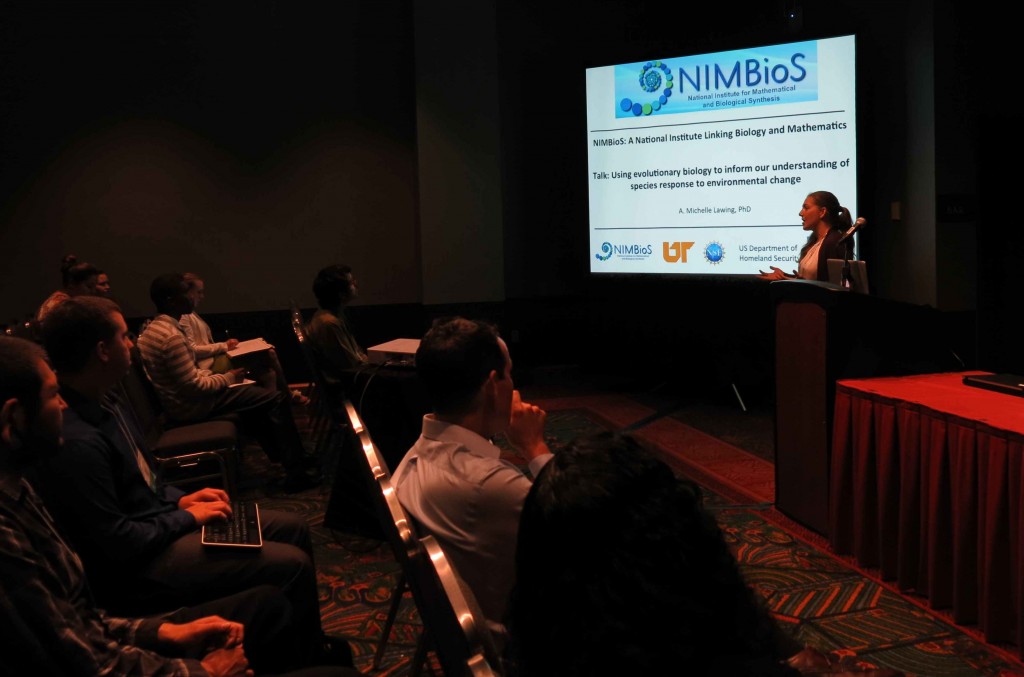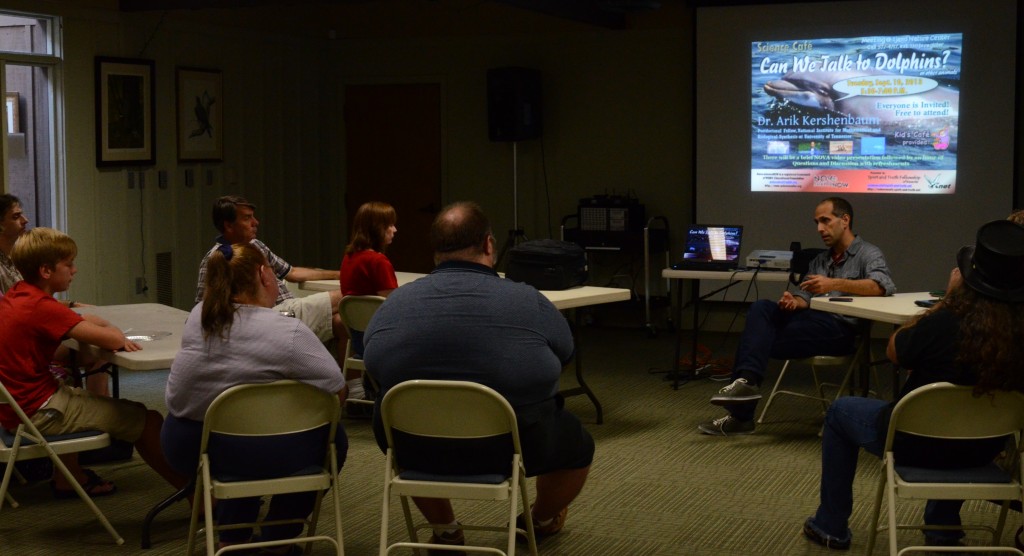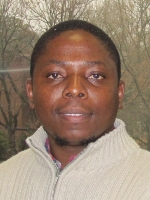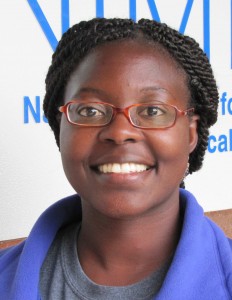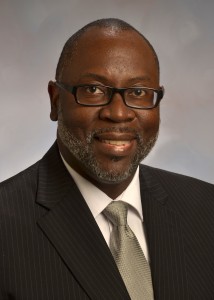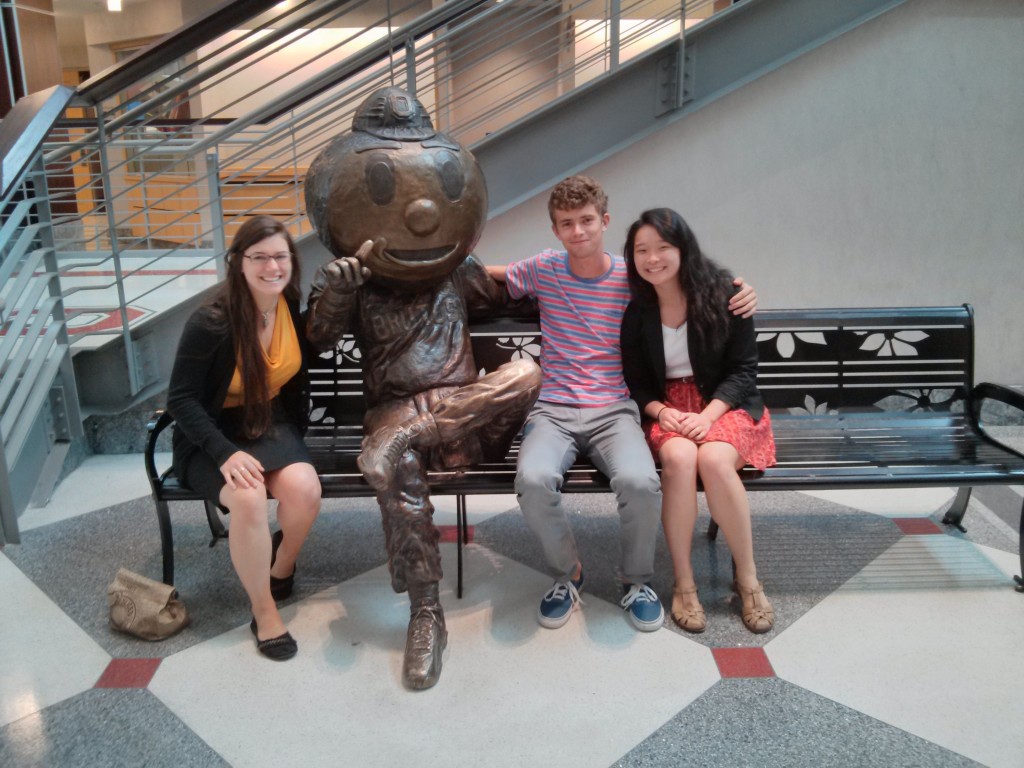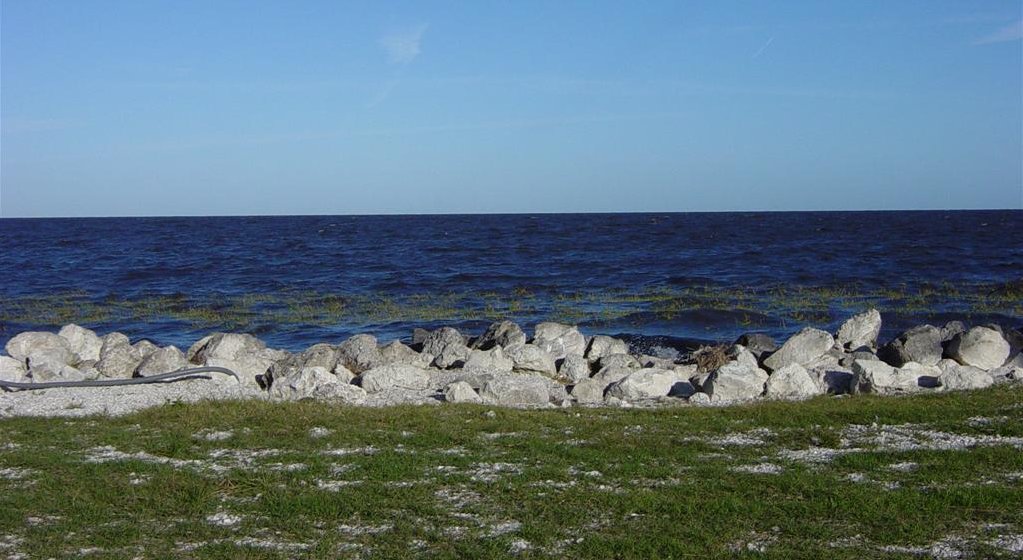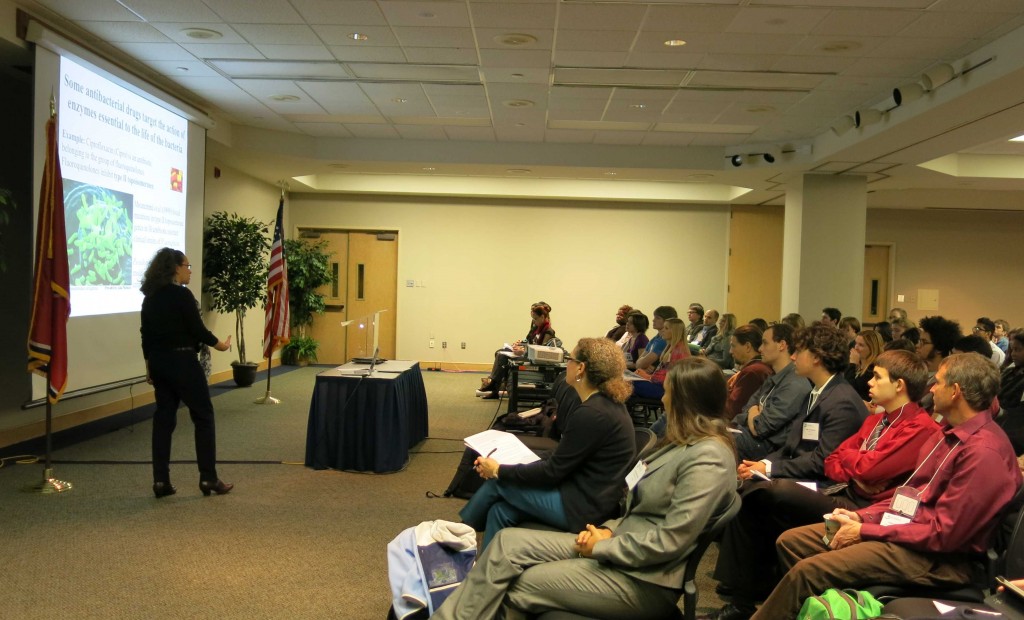 More than 160 undergraduates and faculty mentors converged in Knoxville, Nov. 16-17, for the fifth annual Undergraduate Research Conference at the Interface of Biology and Mathematics. More than 60 oral and poster presentations were presented, many with multiple collaborating students, on topics from mathematically modeling proteins to image analyses of microscopic worms moving through 3D-printed environments. Participants came from as far away as the University of Hawaii at Hilo, with 29 statues and 70 different institutions represented.
More than 160 undergraduates and faculty mentors converged in Knoxville, Nov. 16-17, for the fifth annual Undergraduate Research Conference at the Interface of Biology and Mathematics. More than 60 oral and poster presentations were presented, many with multiple collaborating students, on topics from mathematically modeling proteins to image analyses of microscopic worms moving through 3D-printed environments. Participants came from as far away as the University of Hawaii at Hilo, with 29 statues and 70 different institutions represented.
The keynote and featured talks also represented the great range of mathematical biology. Keynote speaker Dr. Mariel Vazquez from San Francisco State University presented her work on “DNA Unlinking by Xer Recombination” where she applies topology to better understand biochemical processes. Later, featured speaker Dr. Andrew Liebhold from the USDA Forest Service gave his talk on “Forest Insect Outbreaks: A Never-Ending Puzzle” about mathematical modeling of forest insect pest dynamics. Dr. Talitha Washington from Howard University and Dr. Joe Bailey from the University of Tennessee both joined in for the career panel to advise students about career paths in math and biology.
The conference also featured a showcase of graduate opportunities and more.
A lively stream of “tweets” took place on Twitter with the hashtag #nimbiosurc. All tweets from the conference are curated on NIMBioS’ Storify page. A full set of photos from the conference can be viewed here.
Created with Admarket’s flickrSLiDR.

